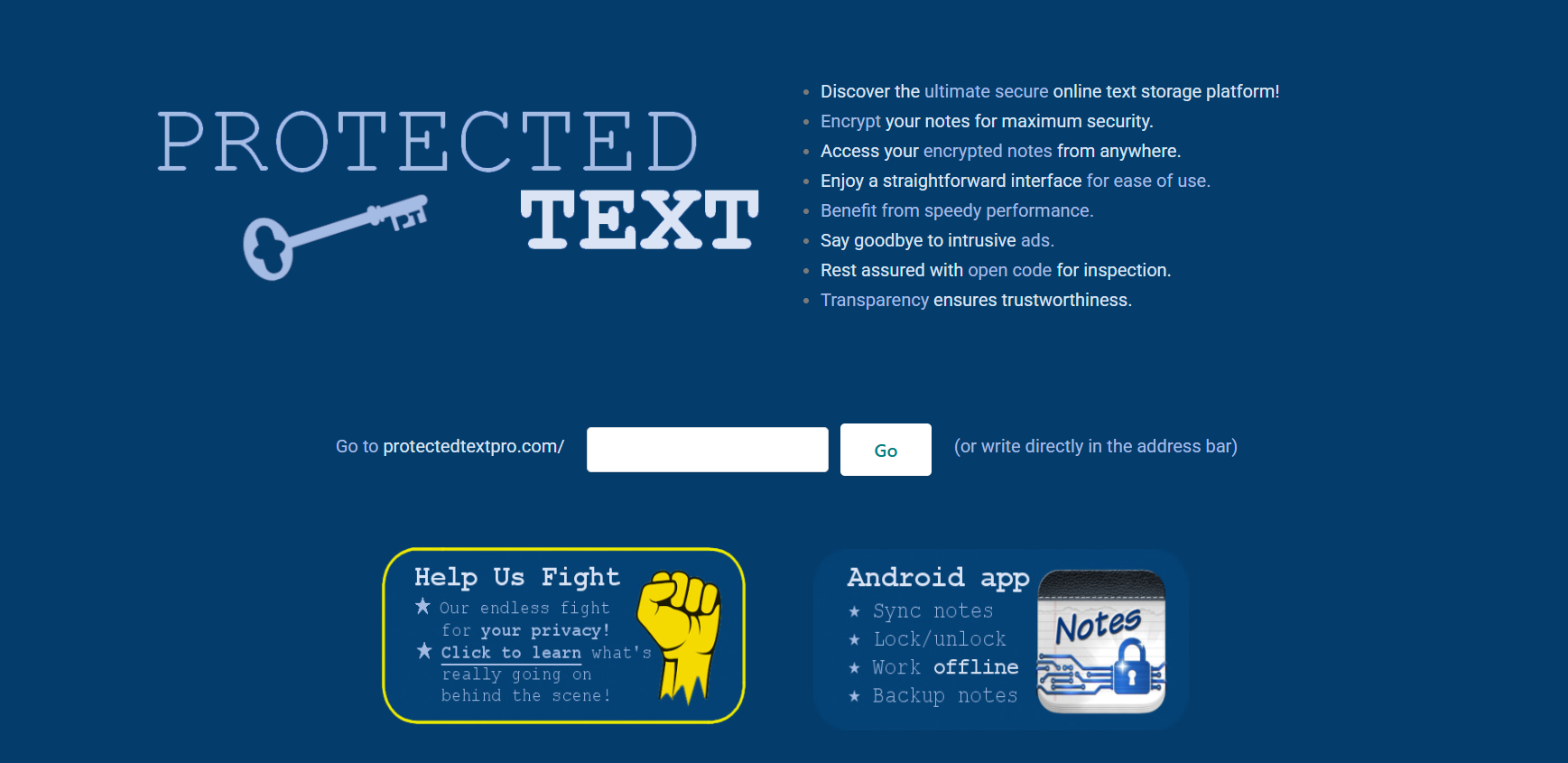Print on Demand Book Services: A Complete Guide for Authors and Publishers

In today’s fast-moving publishing world, print on demand book services have completely changed the way authors, self-publishers, and even established publishers bring their ideas to life. Gone are the days of ordering thousands of copies upfront, worrying about storage, or dealing with unsold stock. With print on demand (POD), books are printed only when ordered, making it one of the most cost-effective, scalable, and sustainable publishing solutions available.
Whether you’re an independent writer trying to publish your first novel, a business professional creating branded materials, or a publishing house testing niche titles, POD has become an essential tool to simplify the process while keeping risks low.
What Are Print on Demand Book Services?
At its core, print on demand is a publishing model where a book is printed only when someone places an order. This means no upfront investment in bulk printing and no warehouse full of unsold books. POD services also handle printing, packaging, and often shipping directly to the customer.
Key highlights include:
- No Minimum Orders: Print one book or a thousand—it scales with your needs.
- Cost Efficiency: You avoid the high upfront cost of traditional bulk printing.
- Speed to Market: Books can be published quickly, often within days.
- Global Reach: Many POD platforms integrate with online marketplaces like Amazon, Barnes & Noble, and other retailers.
Why Choose Print on Demand Over Traditional Publishing?
Traditional publishing often requires upfront costs, long production times, and managing distribution logistics. POD, on the other hand, simplifies everything by combining flexibility with automation.
1. Lower Risk
You don’t have to gamble on printing hundreds or thousands of copies upfront. Each sale is fulfilled as it happens.
2. Creative Control
Authors can decide their book’s size, cover, interior layout, and finish without being locked into one format.
3. Sustainability
Printing only what’s needed reduces waste and carbon footprint, aligning with eco-friendly publishing trends.
4. Direct-to-Reader Fulfillment
Instead of holding stock, POD platforms print and ship directly to your reader or retailer.
Popular Print on Demand Book Services
Choosing the right POD platform depends on your publishing goals—whether you want maximum distribution, premium print quality, or the lowest costs. Below are some of the leading providers:
1. Amazon Kindle Direct Publishing (KDP Print)
- Best For: Wide reach and seamless Amazon integration.
- Pros: No upfront fees, global marketplace access, easy setup.
- Cons: Limited paper and print options compared to others.
2. IngramSpark
- Best For: Authors who want bookstore and library distribution.
- Pros: Expansive distribution network, professional print quality.
- Cons: Setup fees, and revisions may cost extra.
3. Blurb
- Best For: Visual-heavy books like photo albums, cookbooks, and art projects.
- Pros: High-quality printing, creative customization.
- Cons: Higher costs compared to basic POD providers.
4. Lulu
- Best For: Versatility and broad international reach.
- Pros: Multiple print formats, global distribution options.
- Cons: Interface can feel less intuitive for beginners.
5. BookBaby
- Best For: Authors seeking publishing + POD + marketing support.
- Pros: Professional editing, design, and distribution add-ons.
- Cons: Higher pricing for bundled services.
Costs of Print on Demand Book Services
Pricing usually depends on:
- Page Count – More pages = higher printing costs.
- Trim Size – Larger books cost more to print.
- Color vs. Black & White – Full-color printing is significantly more expensive.
- Binding – Paperback is the most affordable; hardcover and specialty finishes cost more.
👉 Example: A 300-page black-and-white paperback might cost around $4–$6 per copy to print, while a color-printed version could easily exceed $15.
Who Benefits Most from POD?
Self-Published Authors
Perfect for testing the market, building a personal brand, and retaining royalties.
Small Publishers
They can experiment with niche genres or short-run titles without risking high inventory costs.
Educators & Professionals
Coursebooks, manuals, or branded content can be published in small quantities on demand.
Businesses
Companies can create corporate books, guides, or marketing material tailored for clients.
Challenges of Print on Demand
While POD is convenient, it’s not without drawbacks:
- Lower Margins: Printing one book at a time costs more per unit than bulk orders.
- Limited Customization: Options for specialty finishes or paper types may be limited.
- Distribution Fees: Some platforms charge for expanded distribution.
- Dependence on Providers: You rely on their printing quality, timelines, and policies.
Tips for Getting the Most Out of Print on Demand
- Focus on Design Quality: Invest in professional cover design and formatting—first impressions matter.
- Choose the Right Platform: Match your needs with the platform’s strengths (e.g., Amazon reach vs. IngramSpark distribution).
- Order Author Copies: Always review physical samples before going live.
- Price Smartly: Factor in printing costs, platform fees, and competitive market rates.
- Promote Your Book: POD handles printing, but marketing and visibility are on you.
The Future of Print on Demand
With AI-assisted writing tools, faster printing technology, and growing sustainability demands, POD is set to become the standard for many authors and publishers. More services are likely to offer advanced customization, better global fulfillment, and integration with e-commerce platforms.
Final Thoughts
Print on demand book services have transformed the publishing landscape, offering authors and publishers flexibility, affordability, and global reach. While it may not completely replace traditional publishing for large-scale runs, POD empowers anyone with a story to share their work with the world—without the risks of overprinting or managing complex logistics.




